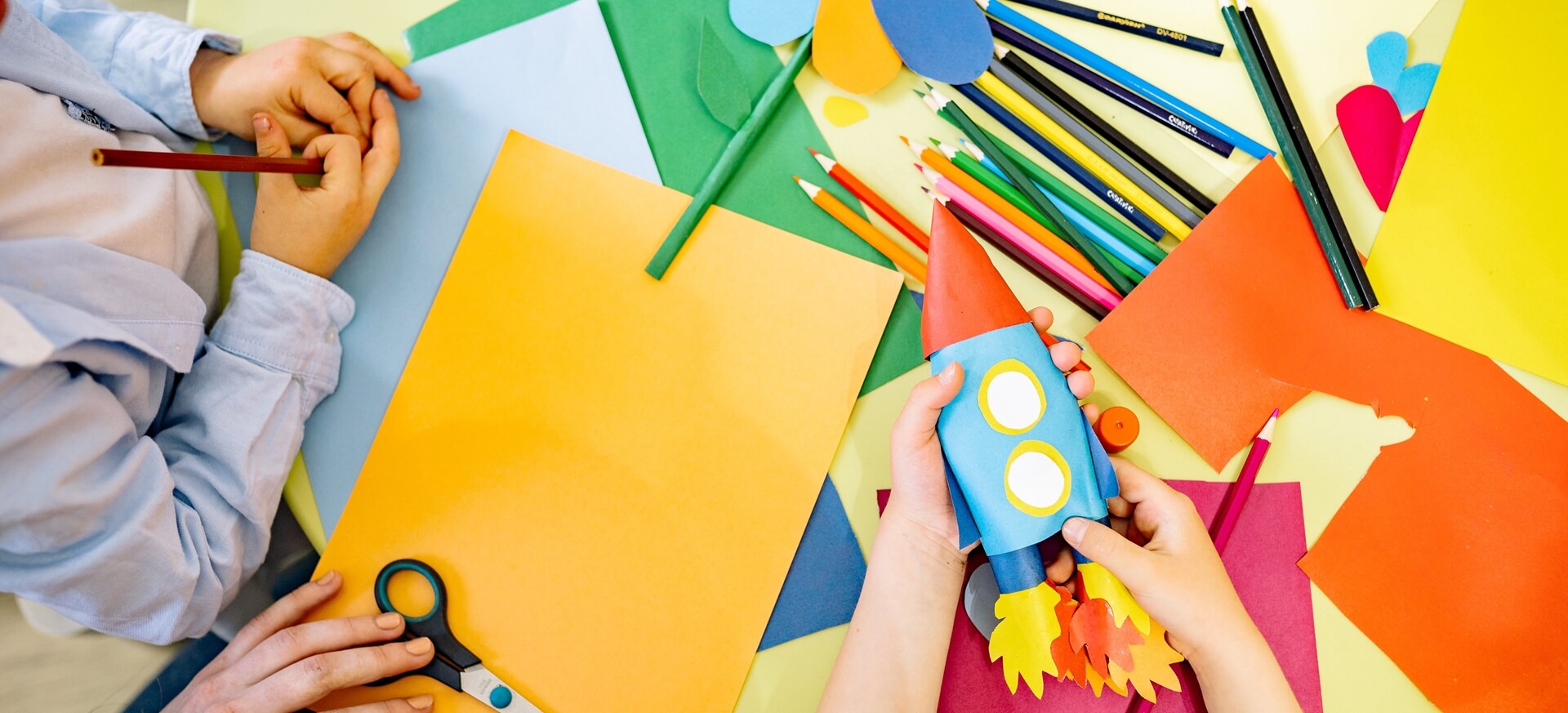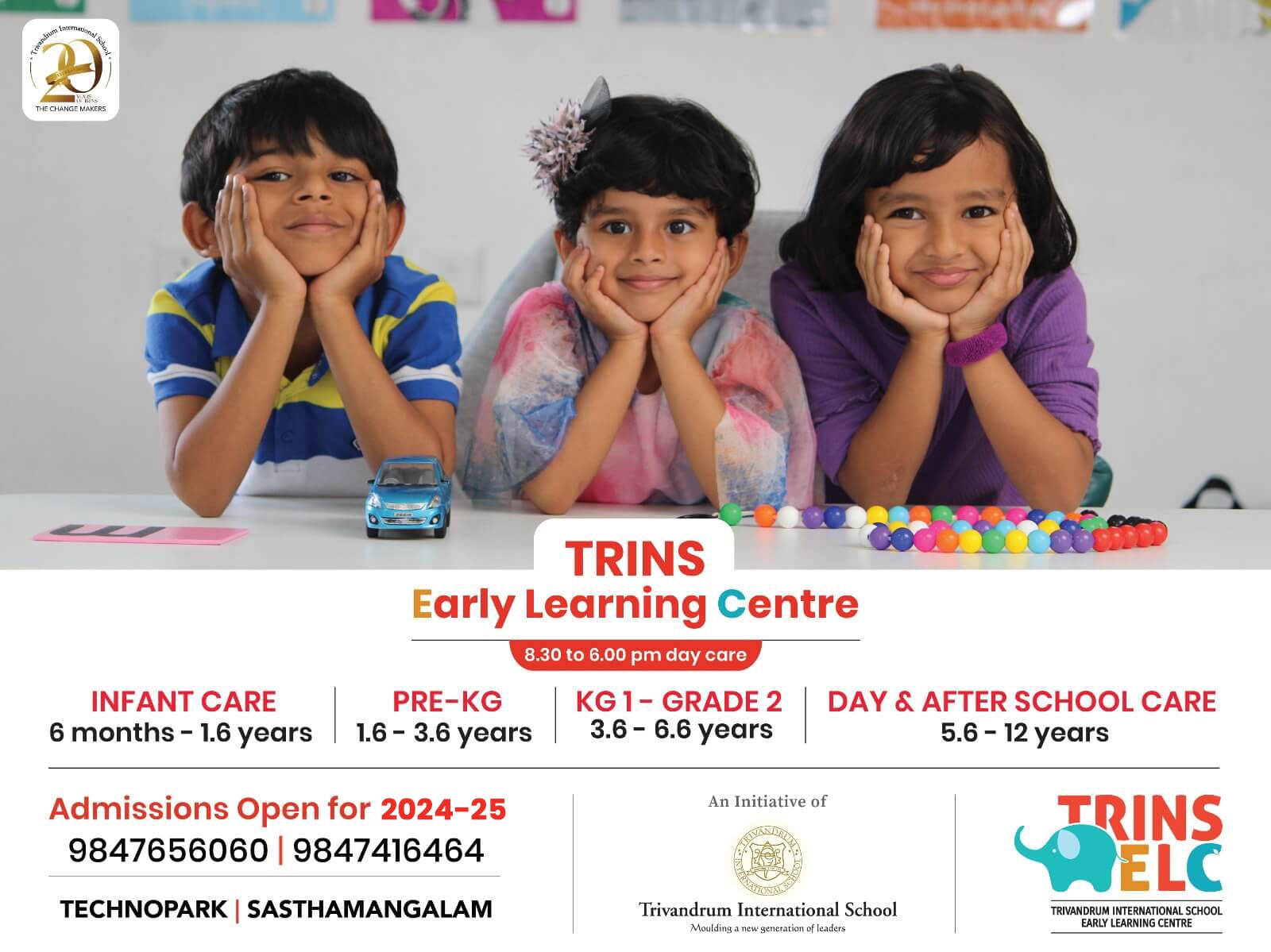


Fostering Creative Minds: The Role of Art-Based Storytelling in Kindergarten

Storytelling through art is a dynamic and engaging way to enhance creative thinking in young children, especially kindergarteners. This unique approach combines visual arts with narrative techniques to stimulate imagination, cognitive development, and emotional understanding in children. Here, we explore the multifaceted benefits of art-based storytelling in nurturing creative minds.
The Synergy of Art and Storytelling in Early Education
Storytelling and art are naturally appealing to young children. The integration of these two elements creates an enriched learning environment, where kindergarteners can explore, imagine, and express freely.
Enhancing Creative Thinking Through Art-Based Storytelling
-
Boosting Imagination and Visualization:
- Art-based storytelling encourages children to visualize scenarios, characters, and settings, thereby enhancing their imaginative skills.
- This process of visualization is a cornerstone in developing original and creative thinking.
-
Developing Cognitive Abilities:
- Engaging with stories through art aids in building critical thinking and problem-solving skills.
- Children learn to interpret symbols and understand abstract concepts, which are essential for intellectual development.
-
Emotional and Social Development:
- Through art, stories often express emotions, aiding children in understanding and articulating their own feelings.
- This emotional connection promotes empathy and social awareness.
-
Enriching Language and Communication Skills:
- Discussing and creating stories through art enhances linguistic abilities and vocabulary.
- Storytelling through art provides a context for using new words and phrases, making language learning more engaging and effective.
-
Cultural Understanding and Diversity:
- Stories from different cultures, depicted through various art forms, expose children to a range of perspectives and traditions.
- This exposure fosters respect for diversity and broadens their worldview.
Incorporating Art-Based Storytelling in Kindergarten Curriculum
- Diverse Artistic Mediums: Utilizing painting, drawing, collage, and digital art allows children to express their understanding of stories in multiple ways.
- Interactive Story Sessions: Incorporating story-based art activities in the classroom can make learning sessions more interactive and enjoyable.
- Integration Across Subjects: Art-based storytelling can be integrated into various subjects, such as language arts, social studies, and even basic science, to provide a holistic educational experience.
Practical Tips for Implementing Storytelling Through Art
- Encourage Open-Ended Art Activities: Allow children to interpret stories in their unique way through art. Avoid prescribing how their artwork should look.
- Foster a Safe and Inclusive Environment: Ensure that every child feels comfortable expressing themselves through art, regardless of skill level.
- Use of Digital Tools: Incorporate technology by using digital drawing tools or apps that allow storytelling through art, making it relevant to the tech-savvy generation.
Measuring the Impact
- Observation and Feedback: Regular observation of children’s art and feedback sessions can provide insights into their cognitive and emotional growth.
- Parental Involvement: Encouraging parents to participate in art-based storytelling activities can further reinforce learning and creativity at home.
Integrating storytelling with art in early education, particularly for kindergarteners, is a powerful approach to enhance creative thinking. It not only nurtures imagination but also lays a strong foundation for cognitive, emotional, and social development. As educators and parents, adopting this method can lead to a more enriching and effective learning experience, ultimately cultivating a generation of innovative and empathetic thinkers.





